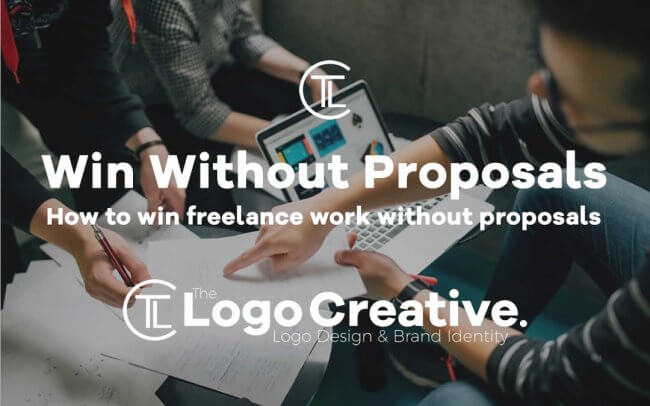Writing proposals has to be the most time consuming and least motivating part of freelance work. A lot of effort goes into the production and presentation, making sure all the client’s questions are answered as well as having answers for any questions that might come up in the future. There is a trick to delivering proposals that don’t require the typical production values, although you still have to write them.
The problem with delivering a proposal is no matter how great a writer you are, it’s still a very impersonal way to start a working relationship. By accident, I discovered a trick that changed the way I saw writing proposals and ultimately won me more work. It also had the added benefit of not tying me into specific project scope and invited more collaboration from the client.
I still had to write them, but it would be in a more casual, note form. At its core, a proposal is a roadmap for the services you’re carrying out, how you going to do it and why.
It should start with your understanding of the project, what problem you’re trying to solve and what success looks like. From there we should get into the details of how work will be carried out, including milestones, timeframes, and cost. A lot of effort goes into how to display this information so that it’s easy to understand. This highlights the 2nd problem with written proposals, making sure they’re understood.
Once we’re done with the project specifics, let the client know what the next step is. Except, the next step for the client is to close your proposal and get back to their other work. And that’s the 3rd problem I have with emailing proposals. Most proposal deliveries require a follow up just to remind the client that you’re ready to get started.
Do it in person
Not rocket science is it? Write your proposal and then phone your client or meet them in person to go through it with them. Here at The Logo Creative we always try to meet the clients in person if the opportunity is there as its not always an option as we work with clients nationwide If there is no opportunity to have a face to face discussion we will arrange a video or conference call whichever the client feels more comfortable with.
The benefits of doing it this way are numerous.
- Making sure you understand their project and it fits in with their business
- Optimising how they want the work carried out, in real time
- Making sure they understand the value in your solution
- Making sure they understand the costs and timeframes
- Carry out your next steps instantly, such as negotiation on price and start date
- Building rapport with the person you’re going to be working with
When you start delivering your proposals in person, you’ll quickly realise how ridiculously impersonal it was to deliver written proposals. You can get things started much faster in person by covering much more ground and making sure everyone has the same understanding of the project. What used to take half a day to a day can now be done in half the time.
Rejection
What if they’re not convinced by your in-person pitch? Or maybe they’re just cautious about saying yes in person or on the phone, without thinking it through further. You can still follow up with a written proposal, based on how well you think it went in person. At this point, you’ll have a good idea whether or not it’s worth the extra effort.


